June 18, 2025 | 08:09 GMT +7
June 18, 2025 | 08:09 GMT +7
Hotline: 0913.378.918
June 18, 2025 | 08:09 GMT +7
Hotline: 0913.378.918
Nguyen Quang Duy born in 1980 in Khanh Hoa province is now Director of D&T Import-Export- Trading-Produce Limited Company (D&T Company). In 2020, the company was certificated for having Vietnam's largest sea grape growing area.

Duy has a passion for growing the sea grapes for export. Photo: QD.
The processing and packaging factories of D&T Company located in Vinh Luong commune, Nha Trang city (Khanh Hoa province) was very busy in the last days of the year.
Duy said he used to be a manager of a pharmaceutical company in Khanh Hoa before operating a sea grape processing facility. He dived into growing the sea grapes (originating from Japan) as he learnt that the sea grapes were very nutritious and good for human health. Particularly, the sea grapes have been consumed as a delicacy every day in Japan over the past 25 years.

Duy’s sea grape processing and packaging facility. Photo: KS.
Then Duy immediately went to Okinawa, a prefecture of Japan known as the “capital of the sea grapes” of the world to learn how to grow and process this type of seaweed. At that time, he nurtured a great ambition of growing the sea grapes in Vietnam for both domestic and overseas markets. However the years before achieving success as today Duy tasted failure for 8 years in a row because sometimes the production was low and sometimes the market was uncertain.
Every time experiencing failure Duy learnt a lesson. After more than ten years he has developed a processing and packaging facility with a professional preserving system, covering an area of 8,000 square meters, creating jobs for nearly 100 workers with the salaries between VND4-5 million per month.
In particular, Duy has mastered a technology to produce unique dried sea grapes known as dehydrated grape seaweed which has become popular for the consumers in Japan and the US. This product has been given HACCP and the Food and Drug Administration (FDA) Food Safety certifications.
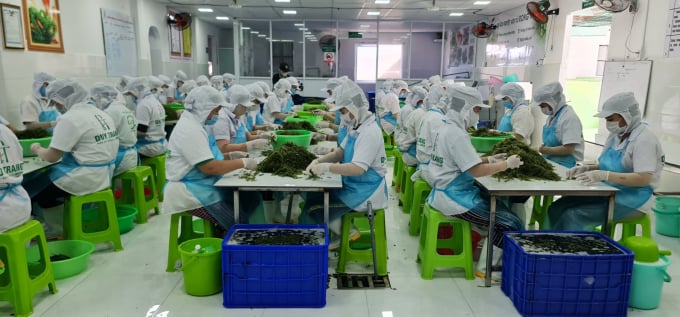
D&T Company’s sea grape processing and packaging facility has created jobs for nearly 100 workers. Photo: KS.
Duy’s dehydrated sea grape product contains 80% of the sea grapes and 20% of salt water. Meanwhile the Japanese equivalent contains up to 80% of salt water and only 20% of the sea grapes.
Especially, the dehydrated grape seaweed of D&T Company can be preserved for a long time, up to one year in the refrigerator.
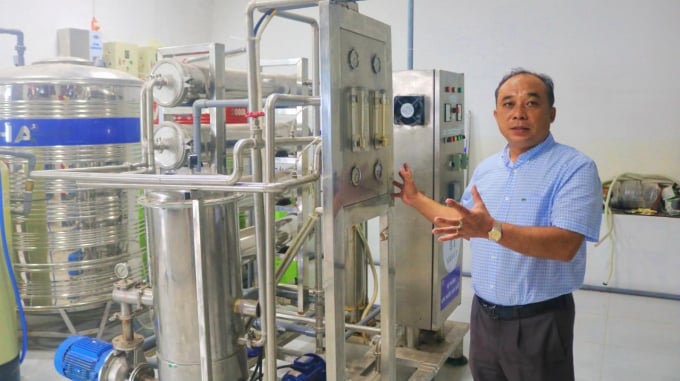
Duy is introducing the company’s Ozone water purification system. Photo: KS.
According to Duy, the secret to create the unique product was the control of microorganisms as well as the quality of input materials. Especially the sea grapes must be grown and processed to meet strict criteria in terms of sunlight and other elements.
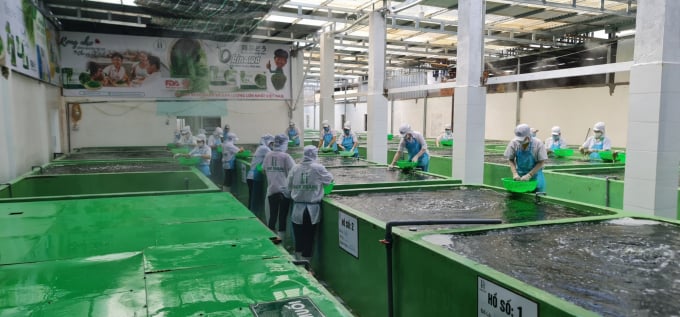
The sea grapes were re-grown before being processed and packaged for export. Photo: KS.
At D&T Company, after harvesting, the sea grapes would be transported to the processing facility to be re-grown in cement tanks. In which, the seawater used for the cultivation was well-treated and strictly controlled through Ozone water purification system. After five to seven days kept in these cement tanks, the sea grapes would be picked up and taken to the processing area. The sea grapes would be then sorted in a six-step process. The aim was to choose the best quality seaweed for dehydrating, drying and packaging.
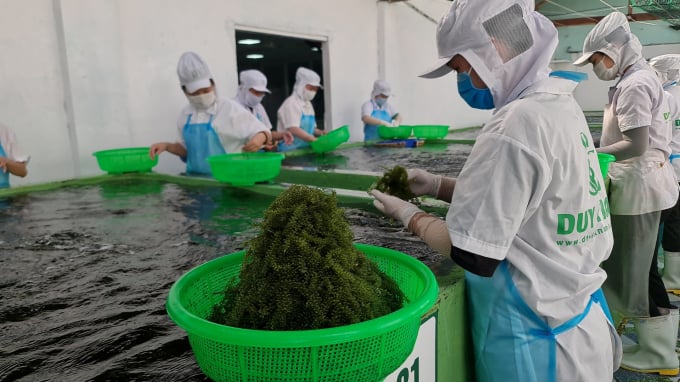
The sea grapes were re-grown to remove impurities. Photo: KS.
According Nguyen Quang Duy, D&T Company has manufactured different dehydrated sea grapes products with Okinawa and Vmax trademarks along with Vmax fresh sea grape and Okinawa dried sea grapes. The total volume of all these product was more than 2,000 tons per year of which 70% were exported to the US and Japan. In a bid to put the products up for sale in the US market, the company had to spend four years on trade promotion and making the product perfect as required. One kilo of dehydrated sea grapes has been now sold for around US$12 in the US market.
The Japanese grapes seaweed was introduced into Vietnam in 2004. Then, Nha Trang Oceanography Institute (located in Khanh Hoa province) had done the first researches on its biological characteristics and farming techniques. By 2014, Nha Trang Oceanography Institute in coordination with the Research Institute for Aquaculture No. 3 successfully developed a sea grape farming process and transferred the technical package to farmers for mass production.
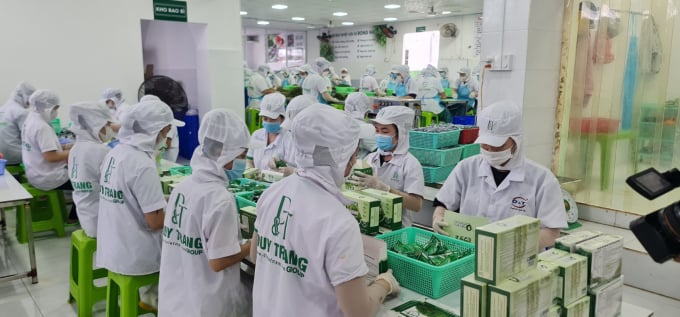
D&T Company's packaged seaweed products. Photo: KS.
After many years of researching Duy realized that the Central Coast region of Vietnam, particularly Song Cau township (Phu Yen province), Van Gia town, Ninh Hai ward, Ninh Hoa township ( Khanh Hoa province) and Ca Na (Ninh Thuan province) had great conditions for growing the sea grapes with the quality as good as those grown in Japan. The company has linked up with farmers in these localities to develop raw-material growing areas on 100 hectares. They could yield 8 tons of seaweed material per day.
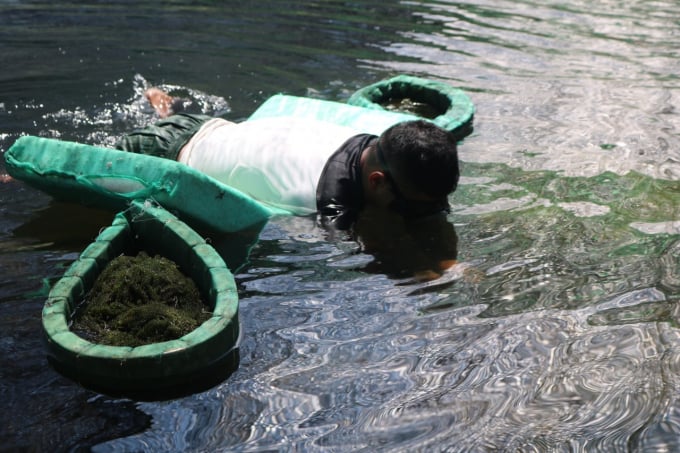
The sea grapes have contributed to creating jobs and income for local farmers. Photo: DT.
The farmers linking with the D&T Company will be provided with financial and technological assistance along with a purchase commitment. If the farmers encounter any problem the company will give them advises.
"The farmers growing the grape seaweed for us can earn profits between VND10 million and VND15 million/hectare after deducting all expenses. They can make profits up to VND40-60 million if they have 2-3 hectares of the sea grapes," Duy said, adding that the farmers could take advantage of abandoned shrimp or snail ponds to grow the sea grapes.
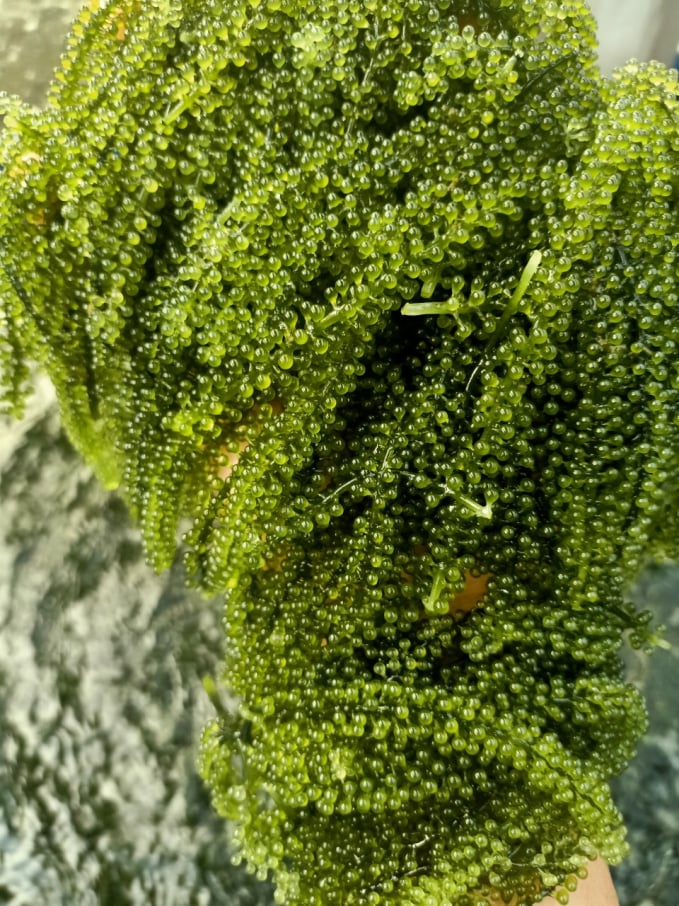
The Japanese market is opening the door to D&T Company's sea grape products. Photo: DT.
Furthermore, one of the advantages of growing the sea grapes is that the crop can be harvested multiple times and grow back during two-year period. Thus, farmers only need to grow a new crop after two years.
From growing to harvesting it takes one or two months depending on environmental conditions. The sea grapes can be harvested once every 15-30 days or 10 times a year.
Nguyen Quang Duy said apart from targeting overseas markets, D&T Company also hoped to introduce this type of healthy seaweed into domestic market. Therefore, the company is planning to implement the model of sea grape tourism to bring the product closer to consumers both domestic and international.
Translated by Mai Tham
/2025/06/17/3942-2-143243_548.jpg)
(VAN) Recently, in Sweden, the Secretary of the Binh Dinh Provincial Party Committee presented the Investment Registration Certificate for the 'Polyester Fabric Recycling Complex' project to SYRE Impact-AB Company.
/2025/06/12/3721-2-202745_83.jpg)
(VAN) TH made an impression at Seoul Food 2025 with its line of natural beverages, paving the way for Vietnamese food products to enter the South Korean market.
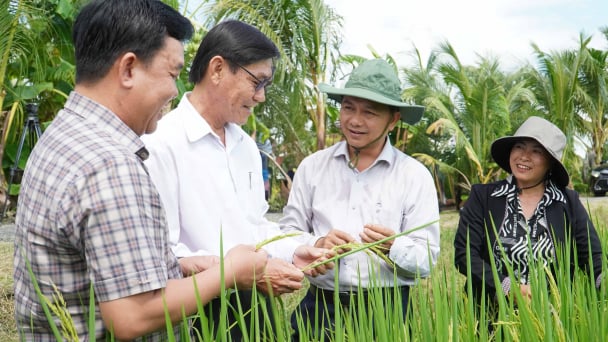
(VAN) Soc Trang's success in rice exports stems from a strategy of developing fragrant and specialty rice cultivation areas and standardizing production toward low-emission practices.
/2025/06/11/1311-5-120811_839.jpg)
(VAN) The pig farming industry is facing the challenge of comprehensive restructuring to meet requirements for quality, safety, traceability, and market expansion both domestically and for export.

(VAN) Vietnam considers participating in ALGROALBA in order to expand agricultural production, coordinate the assessment and effective exploitation potential land.
/2025/06/05/5314-1-184727_407.jpg)
(VAN) From seemingly worthless fish scales and skin, enzymes and lactic ferments can transform by-products into peptides, opening a sustainable, effective business direction and elevating Vietnamese seafood.
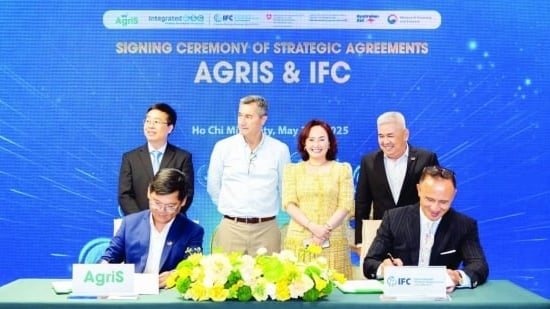
(VAN) TTC AgriS and IFC signed a strategic partnership to develop a sustainable agricultural value chain, aiming to achieve the Net Zero target by 2035.